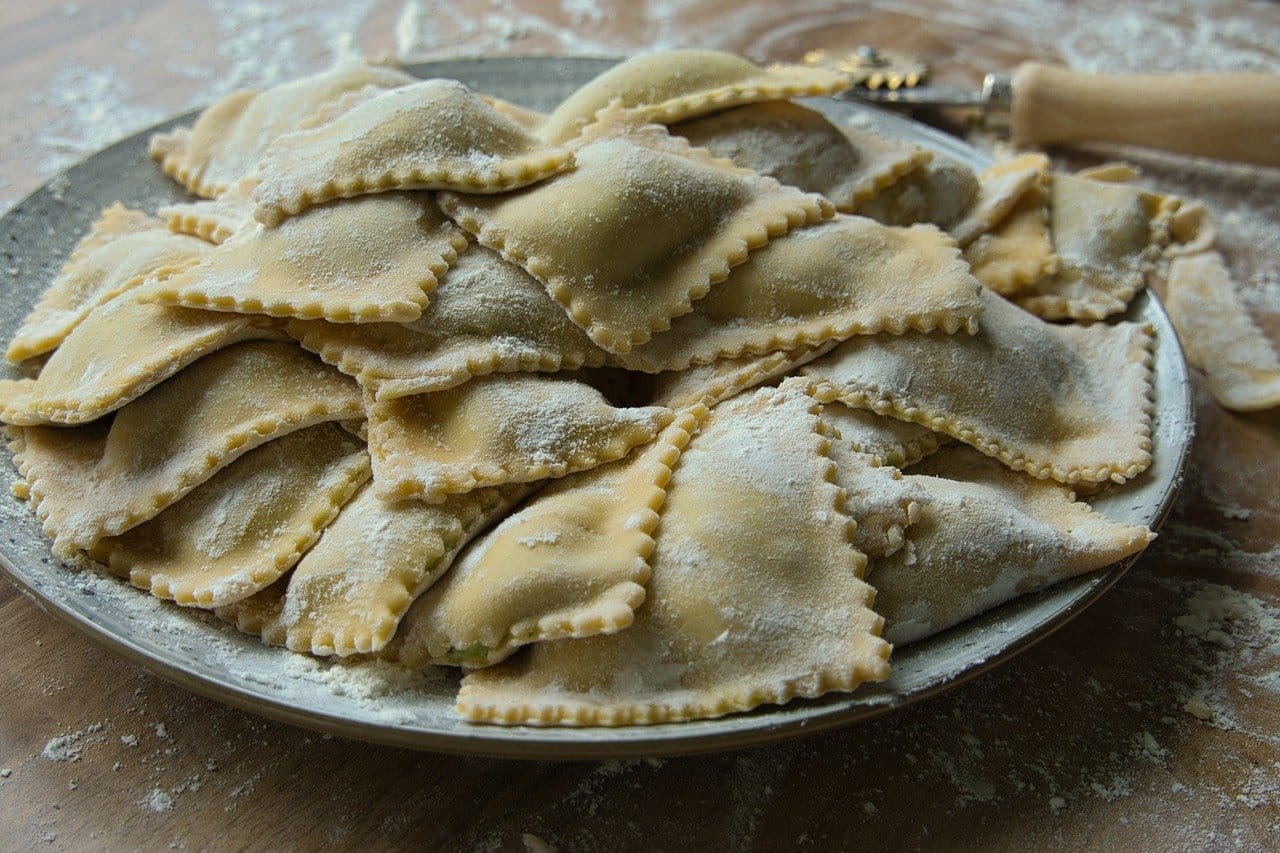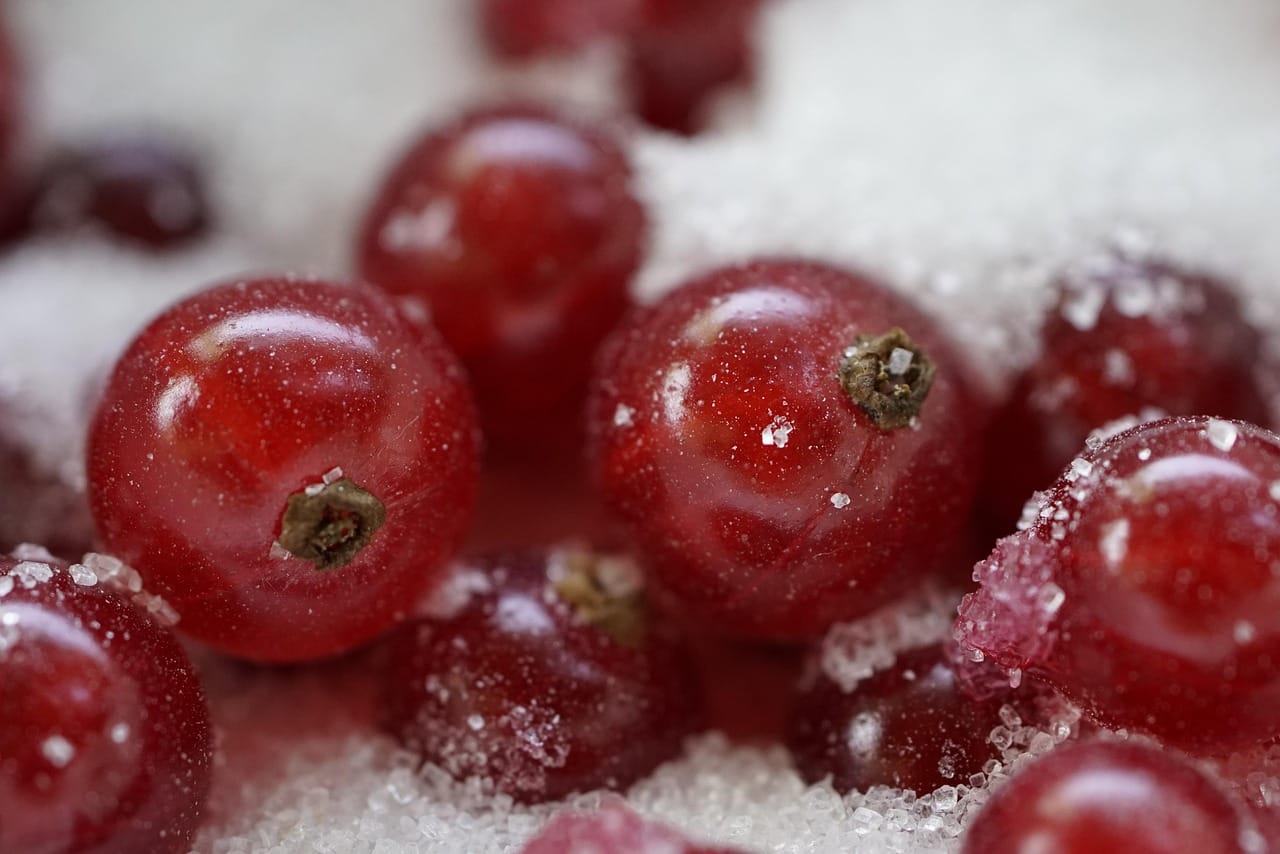From humble beginnings as a resourceful snack to a global culinary phenomenon, nachos have conquered hearts and stomachs worldwide. This seemingly simple dish of tortilla chips topped with melted cheese has evolved into a canvas for culinary creativity, offering endless possibilities for flavor combinations and textural delights. So, grab a fork (or your fingers!), because we’re diving deep into the world of nachos, exploring their history, variations, and how to create the perfect plate at home.
The History of Nachos: A Border Town Innovation
Nachos, as we know them, weren’t born in a fancy restaurant or a celebrity chef’s kitchen. Their origin is much more humble, and decidedly Tex-Mex.
A Fortuitous Accident
In 1943, a group of US military wives were visiting Piedras Negras, Mexico, just across the border from Eagle Pass, Texas. They arrived at the Victory Club restaurant after closing time. The maître d’hôtel, Ignacio “Nacho” Anaya, took pity on them and decided to whip up something using what he had on hand. He grabbed some tortilla chips, topped them with shredded cheddar cheese and sliced jalapeños, and popped them in the oven for a few minutes.
The Original “Nachos Especiales”
Anaya called his creation “Nachos Especiales” – Nacho’s Special. The dish quickly gained popularity, first in Piedras Negras, then across the border in Texas, and eventually throughout the United States.
From Local Treat to Global Sensation
While Anaya never patented his creation, his name lives on. Nachos’ simple appeal and versatility fueled their rapid spread. Over the years, the basic formula has been endlessly adapted, resulting in the diverse range of nachos we see today. Today, nachos are a staple on restaurant menus, at sporting events, and in home kitchens across the globe. The simple snack has evolved into an art form.
Building the Perfect Nacho Foundation: The Chips
The foundation of any great plate of nachos is, of course, the tortilla chip. Choosing the right chips can make or break the experience.
Chip Selection Criteria
- Strength: You need chips that can stand up to a hefty topping load without crumbling. Look for thicker, sturdy chips.
- Flavor: The chips should have a good corn flavor that complements, rather than overpowers, the other ingredients. Avoid overly salty or artificial-tasting chips.
- Shape: A slight curve or scoop shape is ideal for maximizing topping coverage. Flat chips are less efficient for delivering toppings.
- Salt Level: Consider the overall saltiness of your toppings when choosing your chips. If your cheese and other ingredients are already salty, opt for low-sodium chips.
Homemade vs. Store-Bought
While store-bought chips are convenient, homemade tortilla chips can elevate your nachos to a whole new level.
- Homemade Advantages: You can control the thickness, salt level, and flavor of the chips. Freshly made chips also have a superior texture.
- Homemade Recipe: Simply cut corn tortillas into wedges, brush with oil, sprinkle with salt, and bake or fry until crispy.
Exploring Chip Alternatives
While traditional tortilla chips are the standard, don’t be afraid to experiment.
- Sweet Potato Chips: Offer a slightly sweet and earthy flavor.
- Plantain Chips: Bring a tropical twist and satisfying crunch.
- Wonton Chips: Provide a lighter and crispier alternative.
The Cheese Factor: Choosing Your Meltdown
The cheese is arguably the most crucial element of nachos, providing richness, flavor, and that satisfying gooeyness.
Cheese Selection Guide
- Cheddar: The classic choice. Opt for sharp or extra-sharp cheddar for a bolder flavor.
- Monterey Jack: A mild, creamy cheese that melts beautifully. Often paired with cheddar.
- Pepper Jack: Adds a spicy kick.
- Queso Quesadilla: A Mexican cheese specifically designed for melting.
- Oaxaca: A stringy, flavorful cheese that resembles mozzarella.
Melting Methods: Achieving Gooey Perfection
- Oven: Layer the chips and cheese in a baking dish and bake at 350°F (175°C) until the cheese is melted and bubbly.
- Broiler: Keep a close eye on the nachos and broil for a minute or two until the cheese is melted. Be careful not to burn them.
- Microwave: For small batches, microwave in short intervals, checking frequently to avoid burning.
- Queso Dip: Create a separate cheese sauce (queso) and pour it over the chips. This allows for a more even distribution of cheese. A basic queso dip can be made with melted cheese (like Velveeta or a combination of cheeses), milk or cream, and spices like cumin and chili powder.
Considerations for Non-Dairy Cheese
Plant-based cheeses have come a long way. Many melt well and offer a delicious alternative for those with dairy sensitivities. Look for brands specifically designed for melting, as some varieties don’t melt as well as traditional dairy cheese.
Toppings Galore: Elevating Your Nacho Game
This is where you can truly get creative and customize your nachos to your liking.
Protein Power: Adding Heartiness
- Ground Beef: Seasoned with taco seasoning.
- Shredded Chicken: Cooked with salsa or spices.
- Pulled Pork: Slow-cooked and tender.
- Black Beans: A vegetarian option that adds fiber and protein.
- Chorizo: Adds a spicy and smoky flavor.
- Carne Asada: Grilled and thinly sliced steak.
Fresh & Flavorful: Veggie Toppings
- Diced Tomatoes: Add freshness and acidity.
- Onions: White, yellow, or red, depending on your preference.
- Bell Peppers: Grilled or diced.
- Jalapeños: For a spicy kick.
- Avocado or Guacamole: Adds creaminess and healthy fats.
- Corn: Adds sweetness and texture.
- Cilantro: A fresh, herbaceous garnish.
Sauces & Spreads: The Finishing Touch
- Salsa: Choose your favorite heat level.
- Sour Cream or Crema: Adds tanginess and coolness.
- Queso Dip: (As mentioned above)
- Hot Sauce: For extra heat.
- Chipotle Mayo: Adds smokiness and creaminess.
Layering Like a Pro: Maximizing Flavor
- Bottom Layer: Chips, followed by a layer of cheese.
- Middle Layer: Protein, beans, and any other cooked toppings.
- Top Layer: Another layer of cheese and fresh toppings like tomatoes, onions, and jalapeños.
- Finishing Touch: Drizzle with sauces and garnish with cilantro.
Beyond the Basics: Creative Nacho Variations
Once you’ve mastered the fundamentals, don’t be afraid to experiment with unique flavor combinations.
Dessert Nachos
- Base: Cinnamon sugar tortilla chips or graham crackers.
- Toppings: Melted chocolate, caramel sauce, marshmallows, fruit (strawberries, bananas), whipped cream, nuts.
BBQ Nachos
- Base: Tortilla chips or waffle fries.
- Toppings: Pulled pork or brisket, BBQ sauce, coleslaw, pickled onions, cheese.
Mediterranean Nachos
- Base: Pita chips.
- Toppings: Hummus, feta cheese, olives, tomatoes, cucumbers, red onion, tzatziki sauce.
Breakfast Nachos
- Base: Potato chips or tater tots.
- Toppings: Scrambled eggs, bacon or sausage, cheese, salsa, avocado.
International Twists
- Consider using other cuisines as inspiration! Think about Indian-spiced chickpeas and paneer cheese, or Korean BBQ beef with kimchi and gochujang mayo.
Conclusion
Nachos are more than just a snack; they’re a blank canvas for culinary creativity. Whether you prefer the classic combination of chips, cheese, and jalapeños, or you’re ready to explore more adventurous variations, the possibilities are endless. So, gather your ingredients, get creative in the kitchen, and enjoy the delicious, customizable world of nachos! The perfect plate of nachos is waiting to be discovered.




